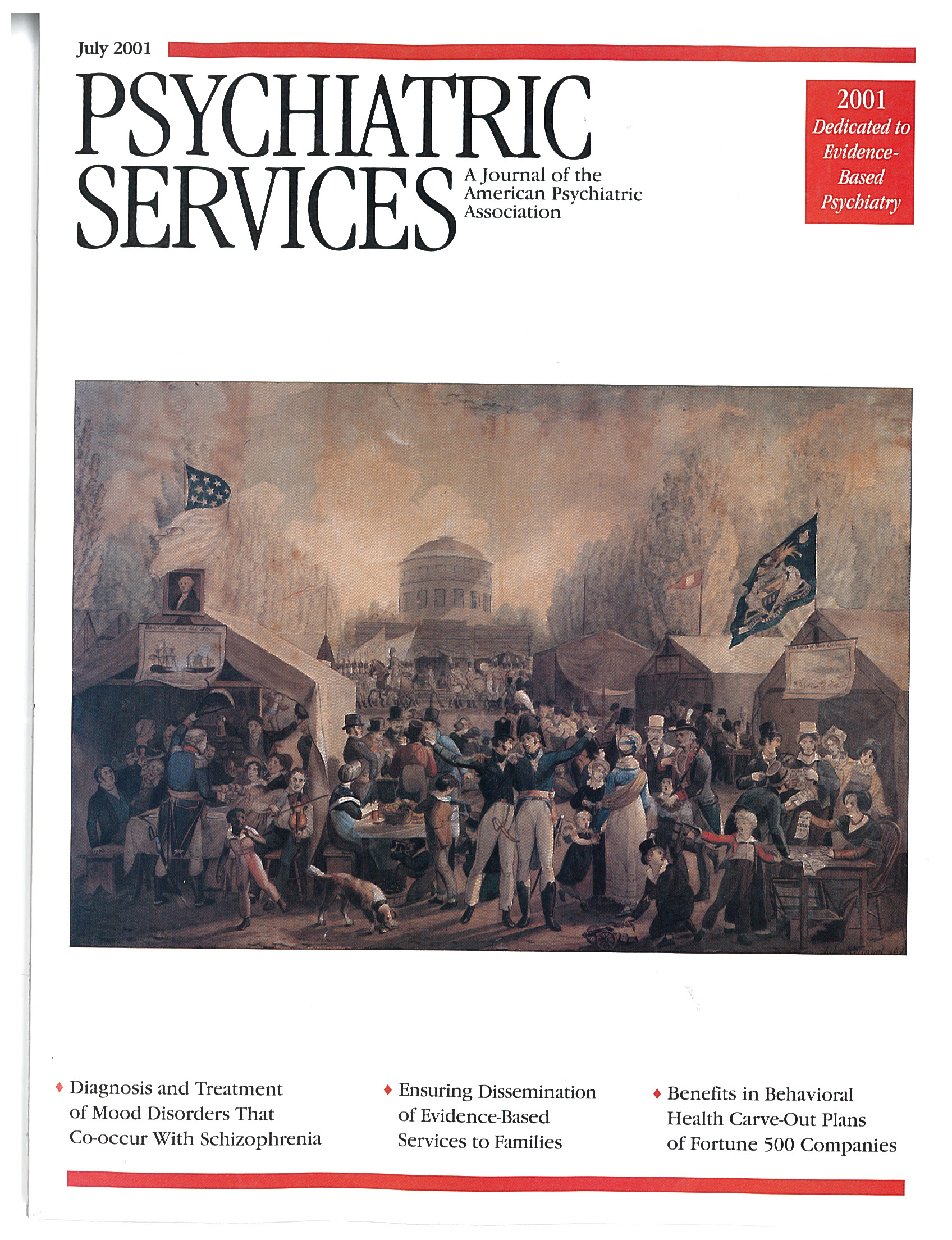Benefits in Behavioral Health Carve-Out Plans of Fortune 500 Firms
Abstract
OBJECTIVE: This study examined the prevalence and nature of behavioral health carve-out contracts among Fortune 500 firms in 1997. METHODS: A survey was conducted of 498 companies that were listed as Fortune 500 firms in 1994 or 1995. A total of 336 firms (68 percent) responded to the survey. Univariate analyses were used to analyze prevalence, types, and amounts of covered services, cost sharing, and benefit limits. A total of 132 firms reported contracting with managed behavioral health organizations; 124 firms answered benefits questions about covered services, cost-sharing levels, and annual and lifetime limits. RESULTS: Most of the plans covered a broad range of services. Cost sharing was typically required, and for inpatient care it was often substantial. Fifteen percent of the firms offered mental health benefits that were below the limits defined in this study as minimal benefit levels, and 34 percent offered substance abuse treatment benefits that fell below minimal levels. The most generous mental health benefits and substance abuse treatment benefits, defined as no limits or a lifetime limit only of $1 million or more, were offered by 31 percent and 20 percent of the firms, respectively. CONCLUSIONS: The carve-out contracts of the Fortune 500 firms in this study typically covered a wide range of services, and the benefits appeared generous relative to those reported for other integrated and carve-out plans. However, these benefits generally did not reach the level of parity with typical medical benefits, nor did they fully protect enrollees from the risk of catastrophic expenditures.



